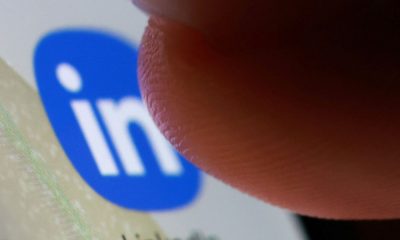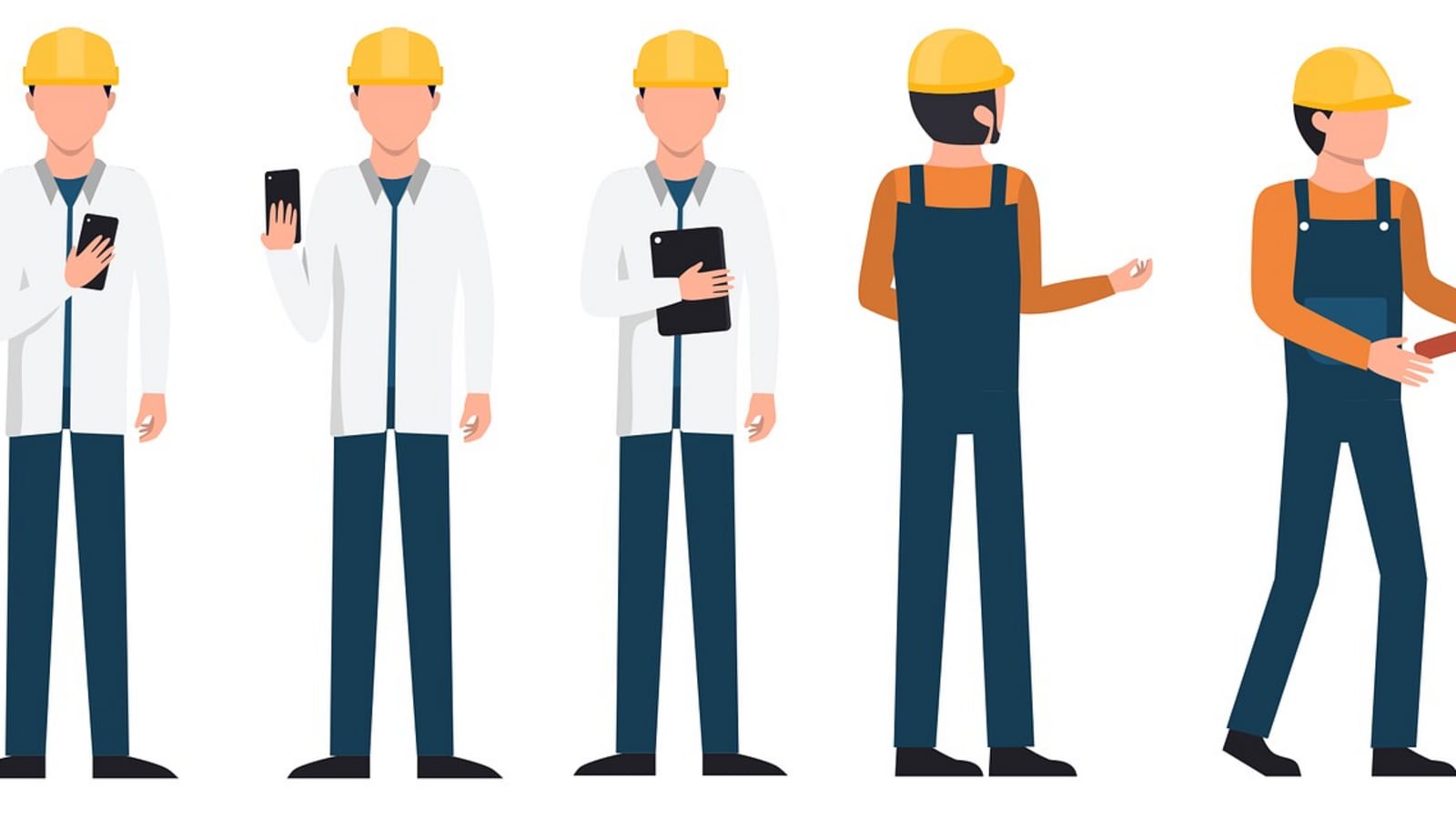
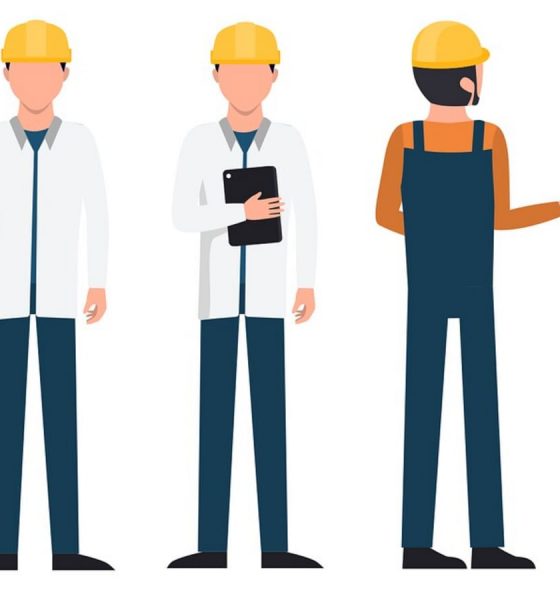
Metaverse
How AI will divide the best from the rest – Crypto News
Mr Altman’s prediction taps into an established school of thought. As large language models first gained popularity in the early 2020s, economists and bosses were hopeful that they, and other AI tools, would level the playing field, with lower-skilled workers benefiting most. Software capable of handling tasks such as protein-folding and poetry-writing would surely democratise opportunity. Jensen Huang, chief executive of Nvidia, a chip designer, envisioned a future in which workers “are all going to be CEOs of AI agents”.
More recent findings have cast doubt on this vision, however. They instead suggest a future in which high-flyers fly still higher—and the rest are left behind. In complex tasks such as research and management, new evidence indicates that high performers are best positioned to work with AI (see table). Evaluating the output of models requires expertise and good judgment. Rather than narrowing disparities, AI is likely to widen workforce divides, much like past technological revolutions.
View Full Image
The case for AI as an equaliser was supported by research showing that the tech enhances output most for less experienced workers. A study in 2023 by Erik Brynjolfsson of Stanford University and Danielle Li and Lindsey Raymond of the Massachusetts Institute of Technology (MIT) found that generative-AI tools boosted productivity by 34% for novice customer-support workers, helping them resolve queries faster and more effectively. Experienced workers, by contrast, saw little benefit, as the AI reinforced approaches they were already using. This suggested the tech could narrow gaps by transferring best practices from talented to less talented employees.
A similar trend was observed in other knowledge-intensive tasks. Research by Shakked Noy and Whitney Zhang, both of MIT, found that weaker writers experienced the greatest improvements in the quality of their work when using OpenAI’s ChatGPT to draft materials such as press releases and reports. Many saw better quality simply by using the AI’s unedited output, underscoring its ability to elevate baseline performance. Similarly, Jonathan Choi of the University of Southern California and co-authors found a general-purpose AI tool improved the quality of legal work, such as drafting contracts, most notably for the least talented law students.
The problem is that this is swamped by another effect. A job can be considered as a bundle of tasks, which tech may either commoditise or assist with. For air-traffic controllers, tech is an augmentation: it processes flight data while leaving decisions to humans, keeping wages high. By contrast, self-check-out systems simplify cashiers’ roles, automating tasks such as calculating change. This lowers the skill requirement, causing wages to stagnate.

View Full Image
Thus despite the early optimism, customer-service agents and other low-skilled workers may face a future akin to cashiers. Their repetitive tasks are susceptible to automation. Amit Zavery of ServiceNow, a business-software company, estimates that more than 85% of customer-service cases for some clients no longer require human involvement. As AI advances, this figure will probably rise, leaving fewer agents to handle only the most complex cases. Although AI may at first boost productivity, its long-term impact will be to commoditise skills and automate tasks.
Unlike earlier automation, which replaced routine jobs such as assembly-line work and book-keeping, AI may extend its reach to non-routine and creative work. It can learn tacitly, recognise patterns and make predictions without explicit instruction; perhaps, in time, it will be able to write entertaining scripts and design useful products. For the moment it seems as though, in high-wage industries, it is junior staff who are the most vulnerable to automation. At A&O Shearman, a law firm, AI tools now handle much of the routine work once done by associates or paralegals. The company’s software can analyse contracts, compare them with past deals and suggest revisions in under 30 seconds. Top performers have been best at using the tech to make strategic decisions, says David Wakeling, the firm’s head of AI.
The shift in recent economic research supports his observation. Although early studies suggested that lower performers could benefit simply by copying AI outputs, newer studies look at more complex tasks, such as scientific research, running a business and investing money. In these contexts, high performers benefit far more than their lower-performing peers. In some cases, less productive workers see no improvement, or even lose ground.
Intelligent design
Aidan Toner-Rodgers of MIT, for instance, found that using an AI tool to assist with materials discovery nearly doubled the productivity of top researchers, while having no measurable impact on the bottom third. The software allowed researchers to specify desired features, then generate candidate materials predicted to possess these properties. Elite scientists, armed with plenty of subject expertise, could identify promising suggestions and discard poor ones. Less effective researchers, by contrast, struggled to filter useful outputs from irrelevant ones (see chart 2).

View Full Image
Similar results have emerged in other areas. Nicholas Otis of the University of California, Berkeley, and co-authors found that stronger Kenyan entrepreneurs raised their profits by over 15% with an AI assistant, and strugglers saw profits fall. The difference lay in how they applied AI recommendations. Low achievers followed generic advice such as doing more advertising; high achievers used AI to find tailored solutions, such as securing new power sources during blackouts (see chart 3).

View Full Image
In financial decision-making, Alex Kim of the University of Chicago and co-authors conducted an experiment where participants used AI to analyse earnings-call transcripts before allocating $1,000 in a simulated portfolio. Sophisticated investors achieved nearly 10% higher returns with AI; less sophisticated investors saw gains of 2%. Seasoned investors made better use of insights from earnings calls such as those concerning R&D spending, share repurchases and operating profit before depreciation and amortisation.
As AI reshapes work, new tasks are emerging. Rajeev Rajan of Atlassian, an office-software firm, says that AI tools free up a couple of hours a week for engineers, allowing them to focus on creative work. Junior lawyers spend less time on chores and more with clients. “Really smart people whomay bebored with analysingroutineearnings releaseswillbenefit the most,” says aboss at a large investment firm. “The skill that is going to be rewarded most in the short run is imaginationin finding creative ways to use AI.” The grunt work of these industries is being automated, allowing junior employees to take on advanced tasks earlier in their careers.
Labour markets have always been defined by the destruction of old roles and the creation of new ones. David Autor of MIT has estimated that 60% or so of work in America in 2018 did not exist in 1940. The job of “airplane designer” was added to the census in the 1950s; “conference planner” arrived in the 1990s. But who will take AI’s new jobs when they emerge? History suggests that technological upheavals favour the skilled. In the Industrial Revolution, engineers who mastered new machinery saw their wages soar as routine labourers lost out. The computer age rewarded software engineers and rendered typists obsolete. AI appears poised to follow a similar path, benefiting those with the judgment, agility and expertise to navigate complex, information-rich environments.
Moreover, today’s AI tools are just the beginning. As the technology grows more sophisticated, semi-autonomous agents capable of acting independently—of the sort envisioned by Mr Huang—may transform workplaces. That might make every worker a CEO of sorts, just as the Nvidia chief executive has predicted. But there will be no levelling-out: the most talented will still make the best CEOs.
© 2025, The Economist Newspaper Ltd. All rights reserved. From The Economist, published under licence. The original content can be found on www.economist.com
-
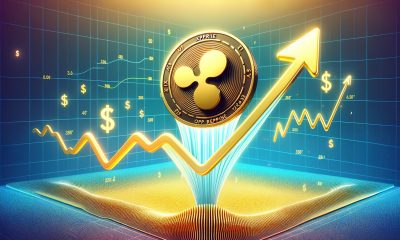
 Blockchain1 week ago
Blockchain1 week agoXRP Price Gains Traction — Buyers Pile In Ahead Of Key Technical Breakout – Crypto News
-

 Blockchain1 week ago
Blockchain1 week agoAfrica Countries Pass Crypto Laws to Attract Industry – Crypto News
-

 Blockchain1 week ago
Blockchain1 week agoISM Data Hints Bitcoin Cycle Could Last Longer Than Usual – Crypto News
-
others1 week ago
JPY soft and underperforming G10 in quiet trade – Scotiabank – Crypto News
-
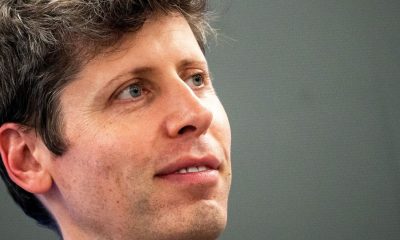
 Technology6 days ago
Technology6 days agoSam Altman says OpenAI is developing a ‘legitimate AI researcher’ by 2028 that can discover new science on its own – Crypto News
-

 Technology1 week ago
Technology1 week agoNothing OS 4.0 Beta introduces pre-installed apps to Phone (3a) series: Co-founder Akis Evangelidis explains the update – Crypto News
-

 Cryptocurrency1 week ago
Cryptocurrency1 week agoTrump plans to pick Michael Selig to lead CFTC: Report – Crypto News
-
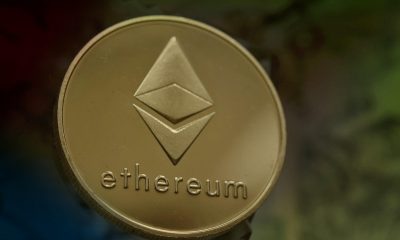
 Blockchain1 week ago
Blockchain1 week agoEthereum Rebounds From Bull Market Support: Can It Conquer The ‘Golden Pocket’ Next? – Crypto News
-

 De-fi1 week ago
De-fi1 week agoNearly Half of US Retail Crypto Holders Haven’t Earned Yield: MoreMarkets – Crypto News
-

 Cryptocurrency1 week ago
Cryptocurrency1 week agoWestern Union eyes stablecoin rails in pursuit of a ‘super app’ vision – Crypto News
-

 Blockchain1 week ago
Blockchain1 week agoBinance Stablecoin Outflow On A Steady Rise — What This Means For The Market – Crypto News
-
Technology1 week ago
Ethereum Supercycle Strengthens as SharpLink Gaming Withdraws $78.3M in ETH – Crypto News
-
others1 week ago
Indian Court Declares XRP as Property in WazirX Hack Case – Crypto News
-

 Technology1 week ago
Technology1 week agoFrom Studio smoke to golden hour: How to create stunning AI portraits with Google Gemini – 16 viral prompts – Crypto News
-
Business1 week ago
PEPE Coin Price Prediction as Weekly Outflows Hit $17M – Is Rebound Ahead? – Crypto News
-

 Cryptocurrency1 week ago
Cryptocurrency1 week agoHYPE Breaks Out After Robinhood Listing and S-1 Filing: What’s Next? – Crypto News
-
others1 week ago
GBP/USD holds steady after UK data, US inflation fuels rate cut bets – Crypto News
-
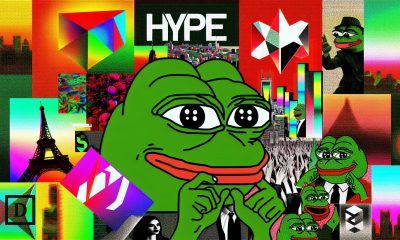
 De-fi1 week ago
De-fi1 week agoHYPE Jumps 10% as Robinhood Announces Spot Listing – Crypto News
-
others1 week ago
Platinum price recovers from setback – Commerzbank – Crypto News
-

 Technology1 week ago
Technology1 week agoMicrosoft ‘tricked users into pricier AI-linked 365 plans,’ says Australian watchdog; files lawsuit – Crypto News
-
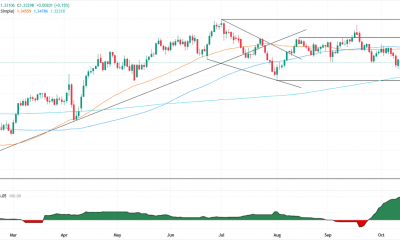
 others1 week ago
others1 week agoGBP/USD floats around 1.3320 as softer US CPI reinforces Fed cut bets – Crypto News
-
Business1 week ago
White House Crypto Czar Backs Michael Selig as ‘Excellent Choice’ To Lead CFTC – Crypto News
-
others1 week ago
Bitcoin Price Eyes $120K Ahead of FED’s 98.3% Likelihood to Cut Rates – Crypto News
-
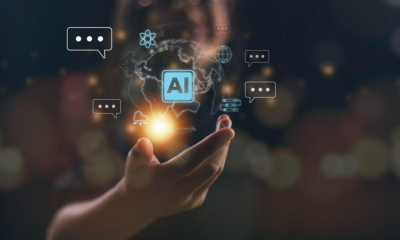
 Technology1 week ago
Technology1 week agoMint Explainer | India’s draft AI rules and how they could affect creators, social media platforms – Crypto News
-
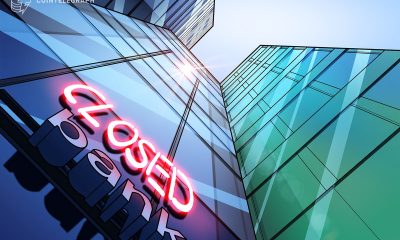
 Blockchain1 week ago
Blockchain1 week agoBig Iran Bank Goes Bankrupt, Affecting 42 Million Customers – Crypto News
-
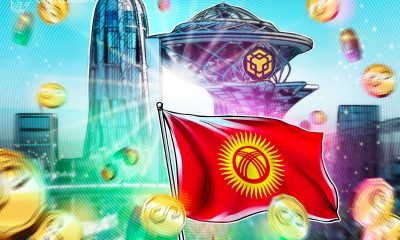
 Blockchain1 week ago
Blockchain1 week agoKyrgyzstan Launches Stablecoin While Confirming Future CBDC – Crypto News
-
others1 week ago
USD/JPY extends gains as strong US PMI offsets softer CPI data – Crypto News
-
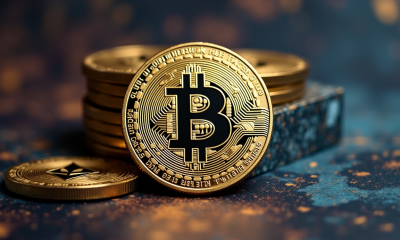
 Cryptocurrency1 week ago
Cryptocurrency1 week agoCrypto wrap: Bitcoin, Ethereum, BNB, Solana, and XRP muted after CPI report – Crypto News
-

 Blockchain1 week ago
Blockchain1 week agoEntire Startup Lifecycle to Move Onchain – Crypto News
-

 Cryptocurrency1 week ago
Cryptocurrency1 week agoBitcoin Accumulation Patterns Show Late-Stage Cycle Maturity, Not Definite End: CryptoQuant – Crypto News
-

 De-fi1 week ago
De-fi1 week agoNearly Half of US Retail Crypto Holders Haven’t Earned Yield: MoreMarkets – Crypto News
-
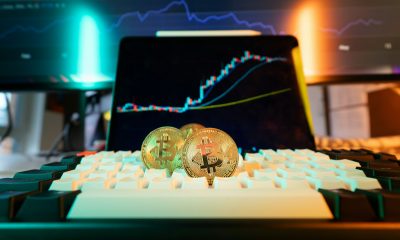
 Blockchain1 week ago
Blockchain1 week agoXRP/BTC Retests 6-Year Breakout Trendline, Analyst Calls For Decoupling – Crypto News
-

 Cryptocurrency1 week ago
Cryptocurrency1 week agoUSDJPY Forecast: The Dollar’s Winning Streak Why New Highs Could Be At Hand – Crypto News
-
Business1 week ago
Crypto Market Rally: BTC, ETH, SOL, DOGE Jump 3-7% as US China Trade Talks Progress – Crypto News
-
others1 week ago
Is Changpeng “CZ” Zhao Returning To Binance? Probably Not – Crypto News
-
others1 week ago
Tether’s Stablecoin 1.0 Era Is Over – Now the Industry Needs 2.0 – Crypto News
-
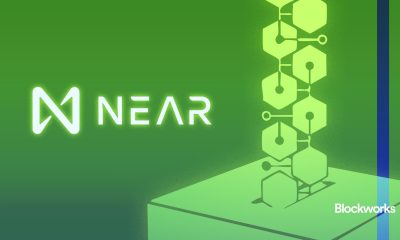
 Cryptocurrency1 week ago
Cryptocurrency1 week agoNEAR’s inflation reduction vote fails pass threshold, but it may still be implemented – Crypto News
-

 De-fi1 week ago
De-fi1 week agoNearly Half of US Retail Crypto Holders Haven’t Earned Yield: MoreMarkets – Crypto News
-
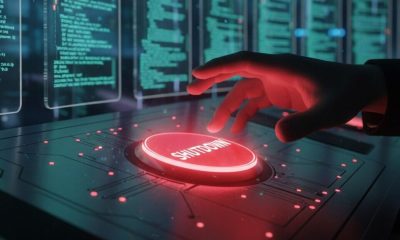
 Technology1 week ago
Technology1 week agoSurvival instinct? New study says some leading AI models won’t let themselves be shut down – Crypto News
-

 De-fi1 week ago
De-fi1 week agoMetaMask Fuels Airdrop Buzz With Token Claim Domain Registration – Crypto News
-

 De-fi6 days ago
De-fi6 days agoTokenized Nasdaq Futures Enter Top 10 by Volume on Hyperliquid – Crypto News
-
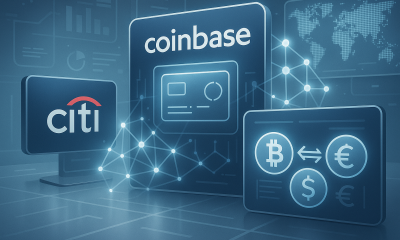
 Cryptocurrency6 days ago
Cryptocurrency6 days agoCitigroup and Coinbase partner to expand digital-asset payment capabilities – Crypto News
-
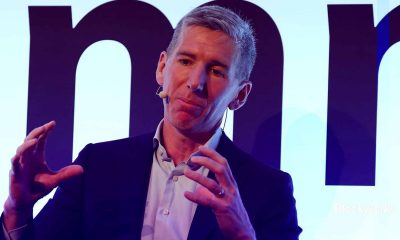
 Cryptocurrency6 days ago
Cryptocurrency6 days agoInside Bitwise’s milestone solana ETF launch – Crypto News
-
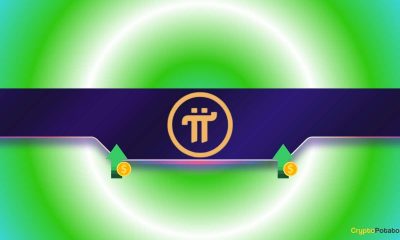
 Cryptocurrency6 days ago
Cryptocurrency6 days agoWhy Is Pi Network’s (PI) Price Up by Double Digits Today? – Crypto News
-
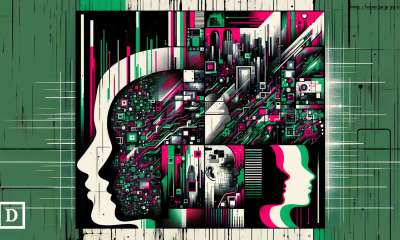
 De-fi5 days ago
De-fi5 days agoBittensor Rallies Ahead of First TAO Halving – Crypto News
-

 Blockchain1 week ago
Blockchain1 week agoPump.Fun Rallies 10% After Acquisition Of Trading Terminal Padre – Crypto News
-
Technology1 week ago
Analyst Eyes Key Support Retest Before a Rebound for Ethereum Price Amid $93M ETF Outflows and BlackRock Dump – Crypto News
-
Business1 week ago
Ripple Explores New XRP Use Cases as Brad Garlinghouse Reaffirms Token’s ‘Central’ Role – Crypto News
-

 De-fi1 week ago
De-fi1 week agoAave Labs Acquires Stable Finance to Expand DeFi Access – Crypto News
-
Technology1 week ago
James Wynn Takes XRP Long Bet After Ripple Prime Announcement – Crypto News







